Simple Japanese Dishes You Can Cook At Home!
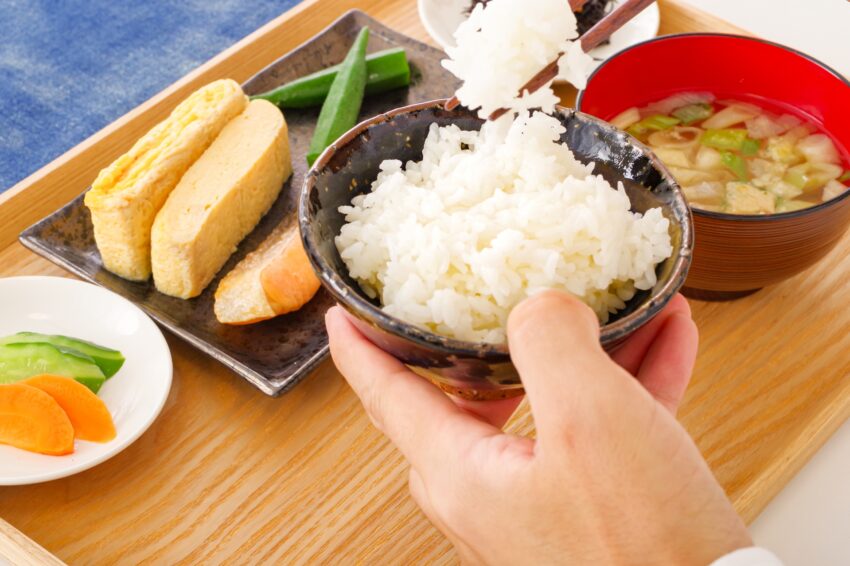
Top photo: beauty-box on PhotoAC
Japanese cuisine is known for its delicate flavors, fresh ingredients, and health benefits. It’s no wonder that it has become increasingly popular around the world. If you’re looking for healthy and tasty options to add to your cooking repertoire, Japanese cuisine offers a wealth of possibilities. From miso soup to grilled fish, there are plenty of dishes to choose from that are both delicious and nutritious.
Whether you’re a fan of seafood, tofu, or vegetables, there’s something for everyone in Japanese cuisine. In this article, I’ll explore some of the best healthy Japanese dishes so that you can easily prepare them at home, and provide some tips on how to make them both tasty and nutritious.
Miso Soup
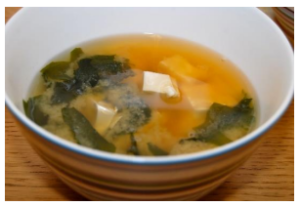 Miso soup is a staple in Japanese cuisine and is often enjoyed as a comforting and warming dish. Miso paste, the main ingredient in the soup, is made from fermented soybeans and is known for its health benefits such as improving digestion and boosting immunity.
Miso soup is a staple in Japanese cuisine and is often enjoyed as a comforting and warming dish. Miso paste, the main ingredient in the soup, is made from fermented soybeans and is known for its health benefits such as improving digestion and boosting immunity.
The addition of tofu, seaweed, and green onions make for a nutritious and filling meal. An easy way to make miso soup, is to start by bringing a pot of water and dashi (a stock made from dried bonito flakes) to a boil. Add in your desired amount of miso paste, add to taste, and stir until dissolved.
Next, add in cubed tofu, sliced green onions, or any other veggies you’d like such as mushrooms or seaweed. Let the soup simmer for a few minutes until the veggies are tender, and serve hot.
Edamame
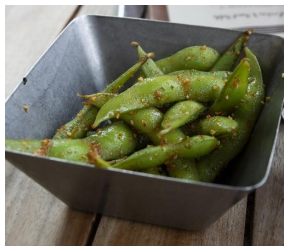 Edamame are boiled soybeans served in their pods and are not only a delicious snack, but they’re also high in protein and fiber. They’re a popular appetizer in Japanese restaurants, bars, pubs and are often served with a sprinkle of sea salt.
Edamame are boiled soybeans served in their pods and are not only a delicious snack, but they’re also high in protein and fiber. They’re a popular appetizer in Japanese restaurants, bars, pubs and are often served with a sprinkle of sea salt.
Edamame is a great option for those looking to add more plant-based protein to their diet and a great way to have a fulfilling snack that doesn’t break the calorie bank. The easiest way to prepare edamame is to bring a pot of water to a boil and add in the edamame pods.
Boil for about 5-7 minutes until the beans inside are tender. Drain the water and sprinkle sea salt over the edamame. Serve the pods hot and enjoy by squeezing the beans out of the pods with your teeth. Using your teeth, the salt on the pods will distribute on to the beans no problem so don’t worry about having the salt be directly on the beans.
Sashimi
Sashimi is a raw fish dish is commonly made with tuna, salmon, or yellowtail and is thinly sliced and served with soy sauce and wasabi. Sashimi is high in protein and omega-3 fatty acids, which are known to be beneficial for heart health. It’s a great option for those looking for a low-carb and low-calorie meal.
Sashimi is often enjoyed in Japanese restaurants, but you can also make it at home if you have access to high-quality, sushi-grade fish. To prepare, start by washing and slicing the fish into thin pieces. Serve the fish slices on a plate with a small dish of soy sauce and wasabi on the side for dipping.
Grilled Fish
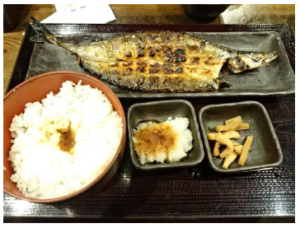 Grilling fish is a common cooking method in Japanese cuisine, and it’s a healthy option. Fish, as previously mentioned, is a great source of protein and omega-3 fatty acids, which have been shown to reduce inflammation and lower the risk of heart disease. Grilling the fish with a simple marinade of soy sauce, ginger, and garlic adds a delicious flavor to the dish.
Grilling fish is a common cooking method in Japanese cuisine, and it’s a healthy option. Fish, as previously mentioned, is a great source of protein and omega-3 fatty acids, which have been shown to reduce inflammation and lower the risk of heart disease. Grilling the fish with a simple marinade of soy sauce, ginger, and garlic adds a delicious flavor to the dish.
To make grilled fish, start by marinating your fish in a mixture of soy sauce, ginger, garlic, and a little bit of sugar for sweetness. First, let the fish marinate for at least 30 minutes. Preheat your grill to medium-high heat and lightly oil the grates. Place the fish on the grill and cook for a few minutes on each side until cooked through and lightly charred.
Seaweed
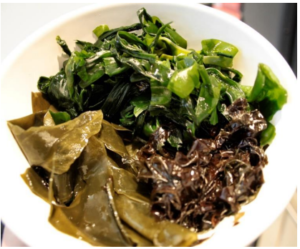 Seaweed is a common ingredient in Japanese cuisine and is known for its nutritional benefits such as being high in iodine, calcium, and iron. Seaweed salad is typically made with a variety of seaweed types, such as wakame and hijiki, and is dressed with a mixture of soy sauce, vinegar, and sesame oil. It’s a light and refreshing side dish that adds a healthy dose of minerals to your meal.
Seaweed is a common ingredient in Japanese cuisine and is known for its nutritional benefits such as being high in iodine, calcium, and iron. Seaweed salad is typically made with a variety of seaweed types, such as wakame and hijiki, and is dressed with a mixture of soy sauce, vinegar, and sesame oil. It’s a light and refreshing side dish that adds a healthy dose of minerals to your meal.
In order to make seaweed salad, start by soaking your desired amount of dried seaweed in cold water for about 10 minutes until it’s rehydrated. Drain the water and pat the seaweed dry. In a separate bowl, whisk together soy sauce, rice vinegar, sesame oil, and a little bit of sugar.
Toss the seaweed with the dressing and let it sit in the fridge for at least 30 minutes to let the flavors meld. Then viola your seaweed salad is complete and ready to serve.
Tofu
Tofu is a staple in Japanese cuisine and is a great source of plant-based protein. Sautéing tofu with a mix of veggies such as broccoli, carrots, and bell peppers makes for a colorful and nutritious meal. Serve with rice for a complete and satisfying dish.
A simple way to make a tofu stir-fry is to start by pressing your tofu to remove excess water. Cut the tofu into cubes and set aside. Heat up a large skillet over high heat and add in some oil. Add in your veggies such as broccoli, carrots, and bell peppers, and stirfry for a few minutes until tender-crisp.
Add in your cubed tofu and stir-fry for another minute or two. Add in a sauce made of soy sauce, rice vinegar, ginger, garlic, and a little bit of honey. Serve hot with rice.
Japanese cuisine offers a wide range of healthy and delicious options that you can easily prepare at home. Whether you’re a vegetarian or a meat-lover, there are plenty of dishes that will satisfy your taste buds and provide you with essential nutrients. The key to making these dishes healthy is to use fresh, whole ingredients and to avoid excessive use of oil and salt.
With a little practice and experimentation, you can master the art of Japanese cooking and create your own healthy and tasty meals. So why not give it a try and see how easy and enjoyable it can be to cook Japanese food at home? Your body and taste buds will thank you for it!
Photo Credits:
Top photo: beauty-box on PhotoAC
All additional images taken and provided by Zane Kane, used with permission.
All other content (text) created by the original author and © 2023 MUSUBI by Borderlink
RELATED
-
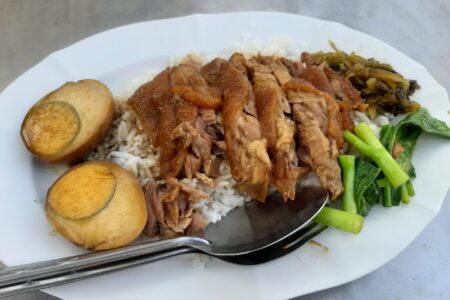
Hidden Gems Of Fukuoka Cuisine
Top photo: toshi.tさん on PhotoAC A food lover’s guide to unique and delicious cuisines in and around the city o… -
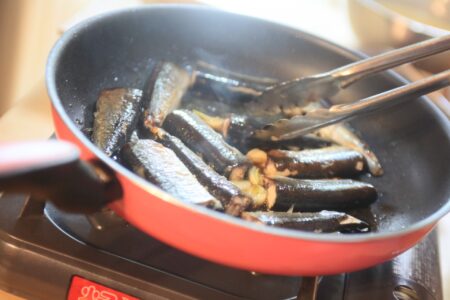
Japanese Food: Better Raw or Cooked?
Top Photo: crea33さん on PhotoAC Japan has always had strong Buddhist roots that persist to the present day. For… -
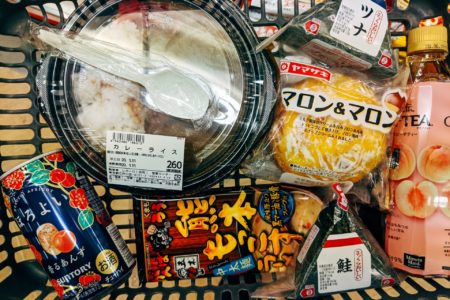
Making Sense of Food Labels in Japan
Top Photo by Markus Winkler on Unsplash Undoubtedly, one of the most daunting tasks facing newcomers to Japan…
PEOPLE

Zane Kane
Fom the United States
As an expat who has lived in Japan for five years, with two years spent in Iwate and three in Osaka, I have had a unique and insightful experience. Living in two vastly different areas of Japan has given me a deeper understanding of Japanese culture and the nuances of daily life in both urban and rural areas. In Iwate, I was able to experience the stunning natural beauty of the northern part of Japan, while in Osaka, I enjoyed the city's famous food and vibrant nightlife. I have also had the opportunity to try different regional foods and traditions, which has contributed to a more well-rounded perspective of the country. Overall, my five years living in Japan has provided me with valuable insights and experiences that have enhanced my understanding of the country and its culture.


